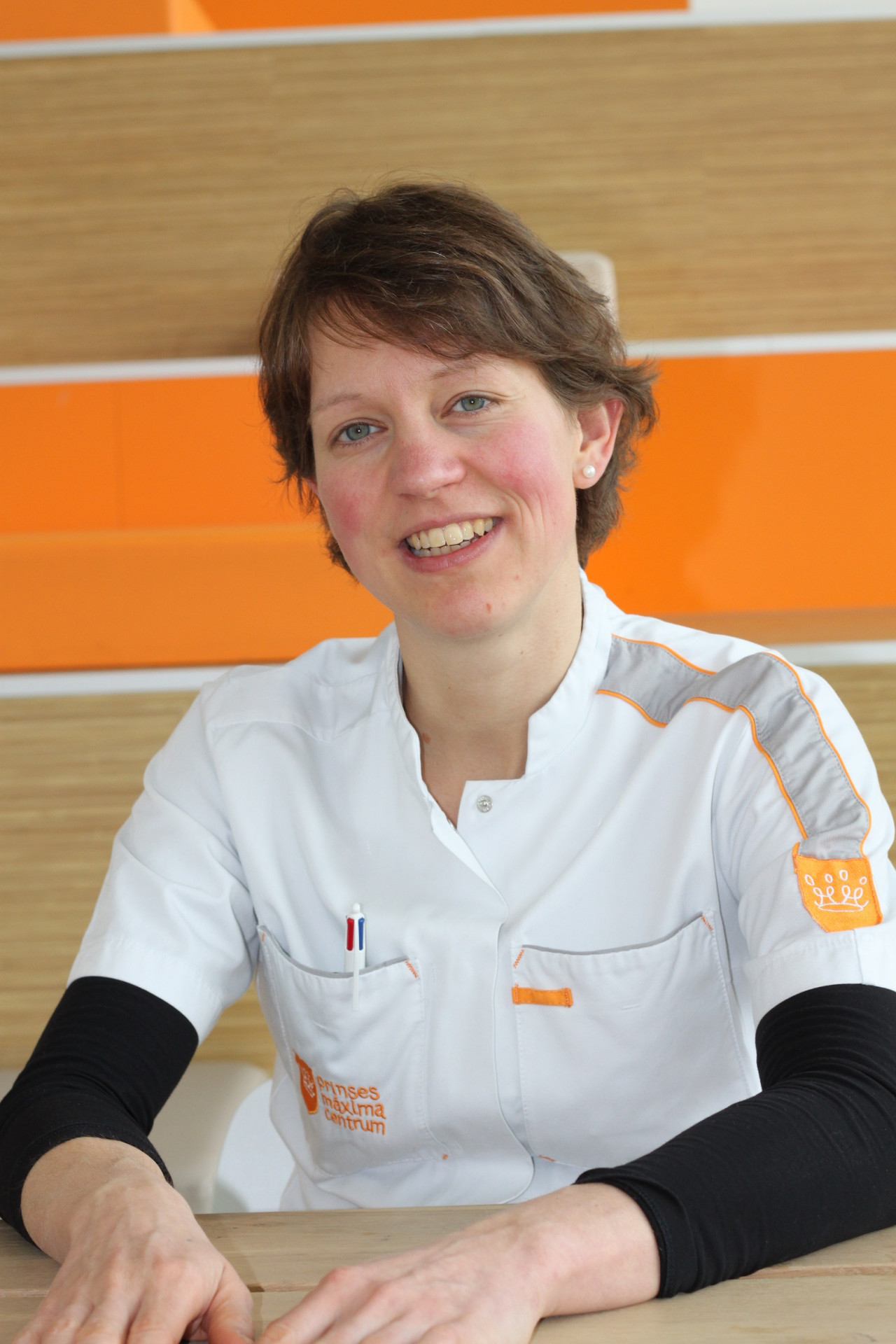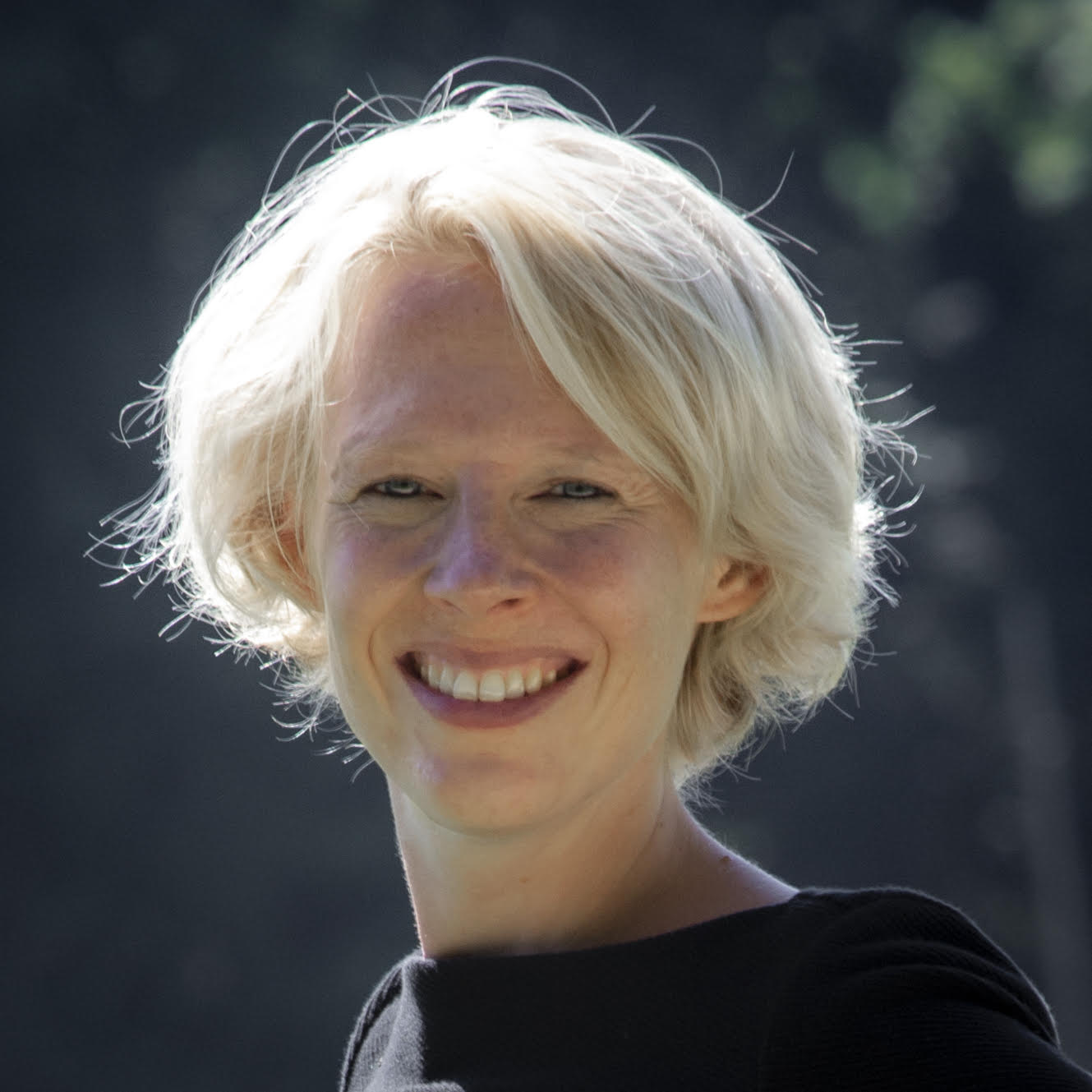Mirjam Belderbos, PhD MD
Mirjam Belderbos, PhD MD, is principal investigator and stem cell transplant doctor in the Princess Máxima Center. Together with Ruben van Boxtel, PhD, she investigates how hematopoietic stem cells make blood after transplantation. Every year 40-60 children in the Princess Máxima Center receive a stem cell transplant as part of their treatment, mostly for leukemia. A stem cell transplant replaces the blood producing stem cells, which go into overdrive in leukemia, with healthy stem cells from a donor. A stem cell transplantation is a life-saving procedure. However, there are many risks as well. By improving our understanding of how stem cells make blood both in healthy people and in stem cell transplantation recipients, Belderbos aims to contribute to a safer and more effective procedure to transplant stem cells.
With the Veni award Belderbos will study the characteristics of stem cells that make blood after transplantation. Using a technique called lineage tracing she will search for characteristics in the DNA of blood cells to trace their origin. ‘Each naturally occurring DNA mutation is a kind of fingerprint in the blood’, says Belderbos. ‘We can use them to trace human hematopoietic stem cells and to understand how blood is made.’
‘Being awarded the Veni grant is a huge honor’, says Belderbos. ‘In addition, it creates opportunities. For a starting research group in the Covid-19 pandemic, it is challenging to find funding. The Veni allows me to compile my team and to expand the research into blood producing stem cells in the Princess Máxima Center.’

Anoek Zomer, PhD
Anoek Zomer works as a postdoctoral researcher in the laboratory of Prof. Johanna Joyce at the University of Lausanne in Switzerland. In collaboration with dr. Anne Rios at the Princess Máxima Center, she submitted a proposal to the NWO to study the microenvironment of diffuse intrinsic pontine glioma (DIPG). These brain stem tumors occur in approximately ten children in the Netherlands per year and are incurable. Radiotherapy may prolong life, but the tumors almost always come back after a few months. On average, children with DIPG survive for 11 months following their diagnosis.
With the Veni grant, Zomer will study the influence of healthy cells surrounding tumor cells in the brain stem. ‘In adult cancers, we have found that immune cells in the environment play an important role’, says Zomer, ‘they may provide nutrition for the tumor cells or prevent recognition of tumor cells by the immune system. We know very little about the role of the microenvironment in DIPG.’ By analyzing how the healthy cells in the surroundings are affected by radiotherapy and how the communication with tumor cells changes, Zomer aims to elucidate the role of these cells in DIPG and how they may be targeted. She will use advanced imaging techniques developed in the Joyce and Rios labs, respectively, to label over twenty different markers and even visualize the cellular surroundings of the tumor in 3D. Another imaging technique will allow Zomer to follow the cells in living model systems to see how they behave during and after radiotherapy.
‘I am honored to receive the Veni award’, says Zomer. ‘It was an uncertain period. At first I was not sure whether I would be able to travel to the Netherlands for the interview with NWO because of Covid-19, and afterwards I have been waiting with my fingers crossed. I am very happy with the opportunity that NWO has given me to develop my line of research.’
Anoek Zomer, PhD will perform the research in collaboration with the research groups of Anne Rios in the Princess Máxima Center and Prof. Johanna Joyce at the University of Lausanne.


